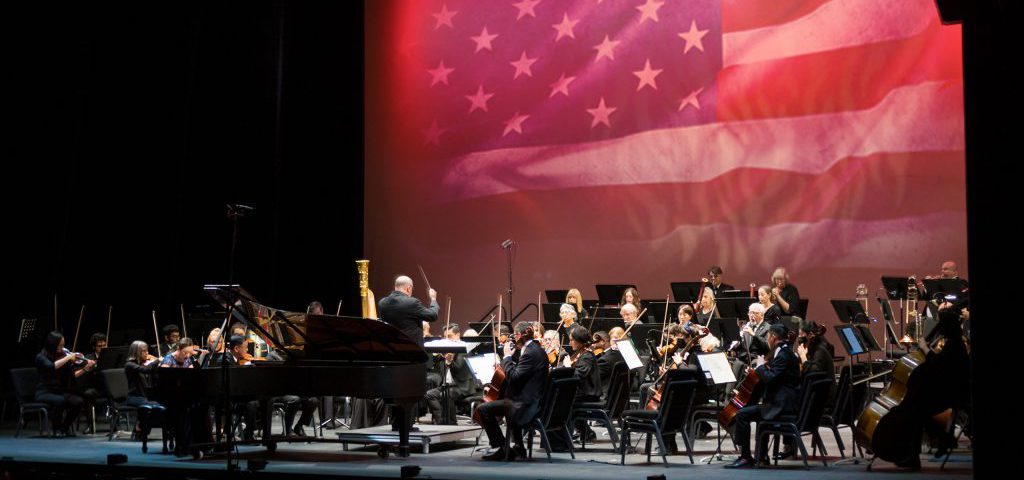The Star-Spangled Banner: A Brief History of the United States National Anthem
Originating from the War of 1812, notably the Battle of Baltimore in September 1814, “The Star-Spangled Banner” is the United States national anthem. Francis Scott Key, a lawyer and amateur poet, was deeply moved as he witnessed the British bombardment of Fort McHenry. Inspired by the sight of the American flag defiantly flying amidst the chaos, Key penned a poem titled “Defence of Fort M’Henry” to express his profound emotions and admiration for the American spirit.
From Poetic Inspiration to National Anthem Triumph
Key’s poem rapidly gained popularity and was soon set to the tune of the British song “To Anacreon in Heaven.” The melody’s triumphant and patriotic qualities aligned seamlessly with Key’s words, solidifying its status as the anthem’s official music. Gradually, “The Star-Spangled Banner” gained widespread recognition and became the de facto national anthem, resonating with Americans nationwide.
However, it was not until 1931 that the United States officially recognized “The Star-Spangled Banner” as its national anthem. On March 3rd of that year, President Herbert Hoover signed a congressional resolution formally designating the anthem as the nation’s own. This momentous act underscored the enduring significance of the anthem, representing unity and serving as a beloved symbol of American identity.
Inspiring Unity and Pride in American Culture
“The Star-Spangled Banner” has left an indelible legacy, transcending its original context to become an integral part of American culture. It takes center stage at numerous national and sporting events, including Independence Day celebrations, Super Bowl games, and significant competitions’ opening ceremonies. The anthem’s renditions by renowned artists and passionate amateurs continue to
inspire and unite Americans, evoking a sense of shared heritage and great pride.
While discussions surrounding various aspects of the national anthem, such as its lyrics and interpretation, have emerged over the years, its enduring popularity and emotional resonance remain steadfast. Moreover, it continues to be a cherished symbol of national unity, fostering ongoing dialogue about its significance.
“The Star-Spangled Banner” is an enduring emblem of American identity, symbolizing the nation’s resilience, courage, and unwavering spirit. With its stirring melody and lyrics that pay tribute to past triumphs and sacrifices, the United States national anthem continues to inspire and evoke deep patriotism among its citizens. It is a powerful reminder of shared values and a collective heritage that bind the nation together.

